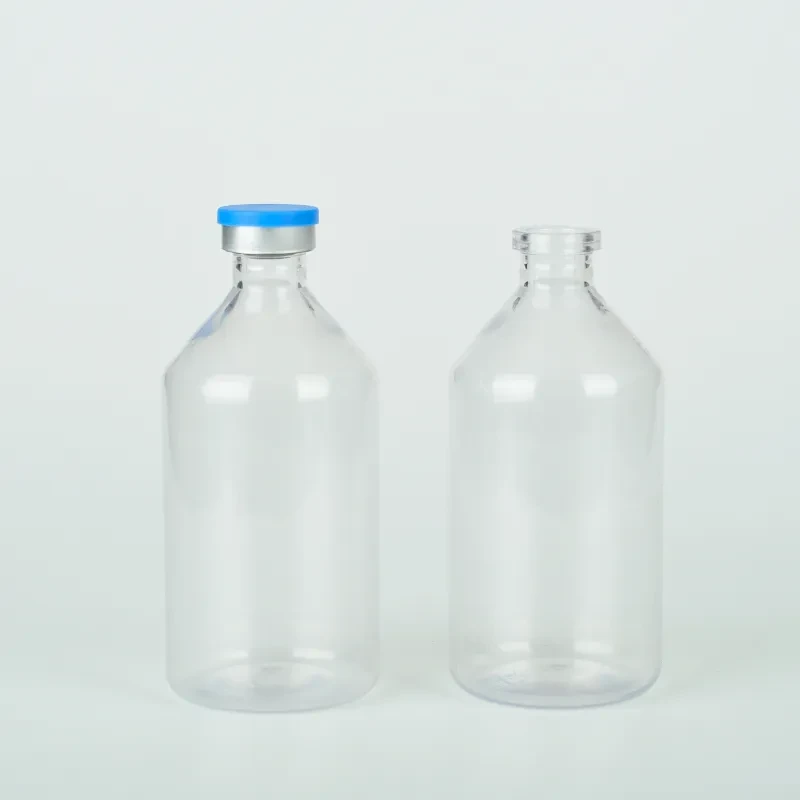freezer tube
Understanding Freezer Tubes A Guide to Safe Sample Storage
In the world of scientific research, the preservation of biological samples is crucial for the accuracy and reliability of experiments. One of the most effective methods for storing these samples is through the use of freezer tubes. These specialized containers are designed to withstand extreme temperatures, allowing researchers to maintain the integrity of their samples over long periods. In this article, we explore the importance of freezer tubes, their features, and best practices for their use.
What are Freezer Tubes?
Freezer tubes, often made of high-quality polypropylene, are small, cylindrical containers specifically designed for the safe storage of biological samples, such as DNA, RNA, proteins, cells, and other biological materials. They come in various sizes, typically ranging from 0.5 mL to 50 mL, making them versatile for different types of samples. The tubes are generally sealable and may feature screw-cap or snap-cap closures to prevent contamination and evaporation.
Essential Features
One of the primary reasons researchers opt for freezer tubes is their ability to withstand low temperatures without becoming brittle or cracking. Most freezer tubes can be safely stored at temperatures as low as -80°C (-112°F) without compromising their structural integrity. Furthermore, many of these tubes are designed to be resistant to various solvents and chemicals, ensuring that the samples within remain uncontaminated.
Another important feature of freezer tubes is their labelled surfaces
. Clear or frosted sections on the tubes allow for easy labeling, which is essential for organizing and tracking samples in a research environment. Some manufacturers even offer pre-sterilized options to minimize the risk of contamination right from the outset.Best Practices for Using Freezer Tubes
freezer tube

To ensure the safety and longevity of stored samples, researchers should adhere to several best practices when using freezer tubes
1. Proper Filling Samples should not fill the tubes to the brim. It's recommended to leave about one-quarter of the tube's volume empty to allow for the expansion of liquids when they freeze.
2. Cooling Gradually When freezing samples, it's vital to lower the temperature gradually. Rapid freezing can lead to the formation of ice crystals, which may damage delicate biological materials. Utilizing a freezer that features a controlled cooling rate will help mitigate this risk.
3. Airtight Sealing Ensure that the cap is secured tightly to prevent contamination. If using snap-cap tubes, verify that they snap into place properly. Consider using O-ring seals for further protection against leakage.
4. Labeling Always label your freezer tubes clearly with relevant information, including sample type, date of freezing, and your identification. Utilizing a waterproof, smudge-proof marker or printed labels can help maintain clarity over time.
5. Storage Store the freezer tubes in a consistent and appropriate environment, such as a dedicated ultralow freezer, to maintain a stable temperature. Avoid frequent temperature fluctuations, as they can lead to sample degradation.
Conclusion
Freezer tubes play a vital role in the preservation of biological samples, making them an indispensable tool in laboratories around the world. Understanding their features and adhering to best practices not only enhances the safety of the samples but also significantly contributes to the reliability of research outcomes. Whether you are working with cells, DNA, or other biological materials, ensuring their optimal storage is key to fostering successful scientific advancements. As the field of research continues to evolve, the importance of effective sample storage solutions, like freezer tubes, will only grow, allowing scientists to delve deeper into the mysteries of life.
-
Aesthetic Makeup Spray Bottles | Fine Mist Empty RefillableNewsAug.19,2025
-
White Plastic Veterinary Vaccine Vials | Lab Liquid BottlesNewsAug.18,2025
-
Plastic Medicine Liquid Bottle: Secure Flip Top Drug VialsNewsAug.17,2025
-
Durable 250ml Blue Plastic Vaccine Vial for Lab & Vet UseNewsAug.16,2025
-
Sterile Virus Sample Tubes: Secure & Reliable Specimen CollectionNewsAug.15,2025
-
White 250ml Plastic Vaccine Vial for Lab & Vet MedicineNewsAug.14,2025
























